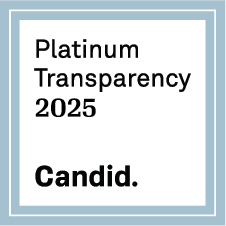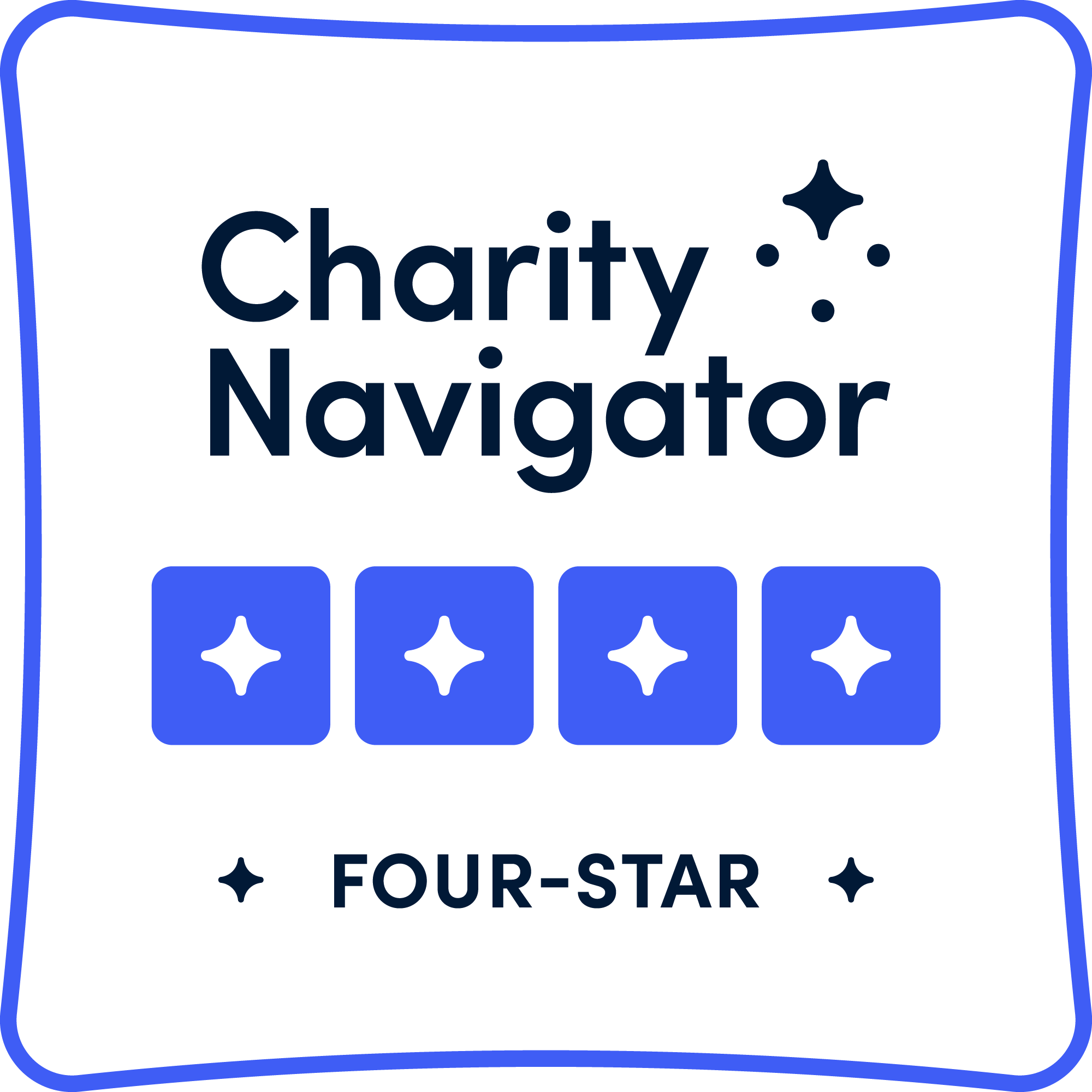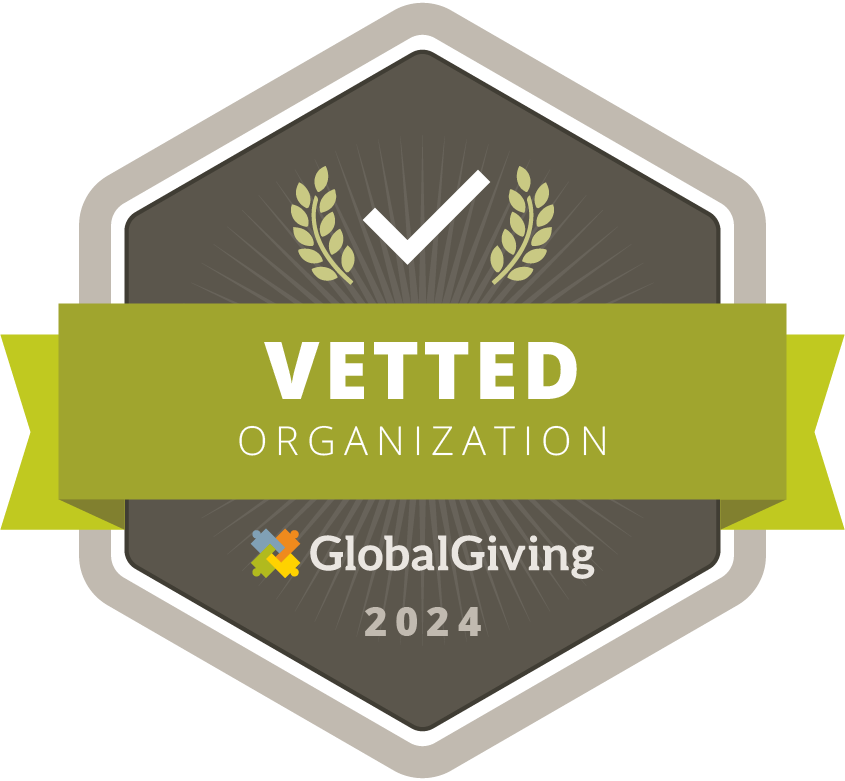HCP Addresses Gender Equality and Vision Care
More than half of the world’s blind are women, yet anecdotal evidence tells us that men seek eye care more frequently. HCP Cureblindness is working towards changing this trend by understanding and addressing the reasons why this happens and making changes in protocols that increase the number of women treated.
More than half of the world’s blind are women, yet anecdotal evidence tells us that men seek eye care more frequently. HCP Cureblindness is working towards changing this trend by understanding and addressing the reasons why this happens and making changes in protocols that increase the number of women treated.
A recent outreach illustrates this issue as Dr. Gladys Fordjuor of Ghana explains, “The team only noticed halfway through the first day that all the people we had examined and those waiting to be examined were males. When the opinion leader was asked he explained that they follow their religious practices strictly. Once there were male staff among us, their women would not be allowed out of the house.”
The outreach team talked about other options. “We negotiated and eventually got permission for a smaller all female team to go from house to house examining the women, this we did for the rest of the screening period.”
Addressing gender inequality aligns with larger goals set by the United Nations in 2015. It’s part of the 2030 Agenda for Sustainable Development goals that set 17 wide-ranging and ambitious goals to support the health of people and the planet.
According to the 2021 UN Resolution on Vision, eye care is instrumental in achieving eight of these goals. Goal #5 seeks to achieve gender equality and empower all women and girls. For HCP, this means not only providing eye care to more women and girls but also increasing the number of training and employment opportunities in the eye care space for women.
“We have been tracking the gender breakdown for patients treated at our surgical interventions for several years and discussing with our overseas partners,” explains Pamela Clapp, Senior Program & Training Director at HCP. A common misunderstanding is that it should be a 50/50 split, when we know that the prevalence for women is closer to 55%. “We’re initiating conversations with country partners to align them with our goals to better serve and treat women,” she says.
Step one involves awareness. HCP has been working with country partners to better understand how to close the inequality gap. Understanding the reasons why less women seek treatment (travel, cost, religion, family obligations) will allow HCP with partners to find new solutions and paths to care.
Closing the gap will result in a range of other positive outcomes. According to studies conducted by the Aravind Eye Hospital, the restoration of sight helps break the cycle of poverty and inequity. With sight loss, many lose their ability to work and means to survive.
Fifty-five percent of the world’s blind are women. Most of these blind women live in low- and middle-income countries. Ninety percent of women who are blind live in poverty.
Ending all discrimination against women and girls is not only a basic human right, it’s crucial for a sustainable future. The ripple effect of treating and curing blindness for the world’s women allows for more opportunities to lift themselves out of poverty. More resources allow for overall better health and well-being.

HCP Cureblindness works closely with USAID for grants to fund infrastructure initiatives in a few of our core countries (Nepal, Ethiopia and Ghana). Program reports now routinely outline and track gender integration compliance to ensure that our programs are moving regions closer to accomplishing these UN SDG goals.
“Internally, we are keeping track of people we train and people we serve and discuss on an ongoing basis with our partners,” says Clapp.
HCP will lean into partners’ expertise to answer the question of why less women seek treatment and how to solve this challenge. HCP’s proactive step will hopefully close the gap more quickly with partners aligning to the goal to treat more women to match their respective country’s female blindness rate.




